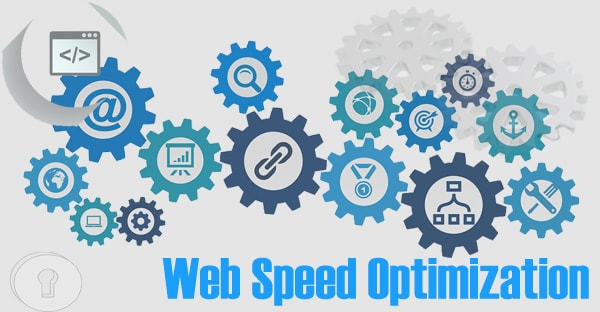![]()
When we talk about the website ranking the web loading speed becomes extremely important to look after. This often makes or breaks the website. Let’s say you have an awesome website with great content but it does not have page speed optimization then this website may not rank in the Google search engine also regarding the user perspective the website speed is essential as he will have to spend a lot of time in waiting for the website to load.
Website speed optimization is a process of diagnosing the health of the website and reviewing any error in the format of the website. Below I have mentioned the website testing and diagnosing process to determine your website performance.

How to diagnose your website?
Use a Google product called Page Speed Insight that enables you to diagnose your website for any error regarding coding, image and content error etc. This is developed by the Google so it is very reliable and helps you determine exactly what is wrong with the website speed. It also features the mobile page optimization which makes the mobile loading faster.
After the diagnose process the tool will list the error and followed by the solution. This solution helps the website developer to make his website a user friendly website.
Second step after this is to load test your website by using BlazeMeter. Sign up for free with your Google account and further use this tool to load test your website.
Third step would be to calculate your website optimization performance budget, Jonathan fielding built a free tool which does that it calculates the size of the file that has to be present in the website to make it load in the desired time frame.
After diagnosing the bottlenecks and errors “Optimization Process” comes into play.
Website page optimization tips-
Image Optimization-
If you have a website then you must be posting images on the website. Images size may vary and ranges up to 50 MB that makes it a very heavy image and the website uses a lot of time to load the website. Sometimes people forget to optimize the image and it makes their website slow. There are numerous tools that can be used to compress the image size without losing the quality of the image. This is the best website to compress the image link- Image Compression.
Minify CSS and JavaScript
CSS and JavaScript is a very important part of the website it is the designing factor of the website. By removing the following makes a website load faster as it reduces the amount of code that has to be requested from the server.
- White space characters
- New line characters
- Comments
- Block delimiters
Reduce the HTTP Request
Website communicates with the web server by sending and receives data this communication slows down the process of page loading also known as server response time. Research shows if your website takes more than 3 seconds to load, user would discontinue. If your visitor is regular then you must prioritize your website speed and performance to retain visitor again and again.
There are many ways you can reduce the number of requests such as:
- Inline your JavaScript (only if it is very small)
- Using CSS Sprites
- Reducing assets such as 3rd party plug-in
- Don’t use 3rd party frameworks
- Using less code
- Combining your CSS and JS files
Avoid 301 Redirects
Redirecting the web links reduces the website performance as it increases the round trip times (RTT) and increases the loading time of a website.
Fix 404 Errors
Files that are missing generate 404 errors and this missing 404 error can consume a lot of space in the web server resulting in the slowing of the overall website. You can use Broken link checker tool to check for any 404 error pages.
Enable Gzip compression
This is another form of compression that compresses the web pages and CSS JavaScript etc from the server side and then sends it to the browser. You can check your website Gzip compression.
Content Delivery Network (CDN)
CDN is used to deliver the static content, including images, multimedia and file downloads. They provide high availability and high performance. Their distributed nature means that content is being served up “closer” to the end user.